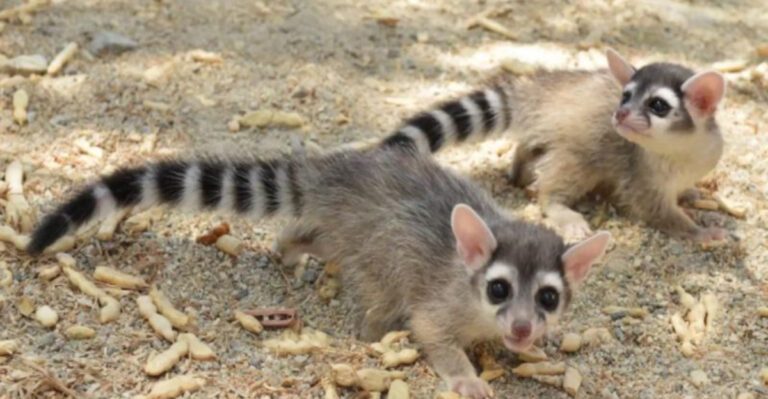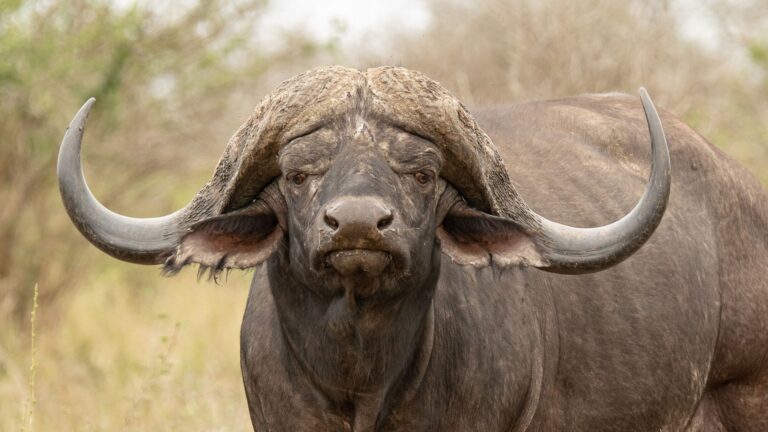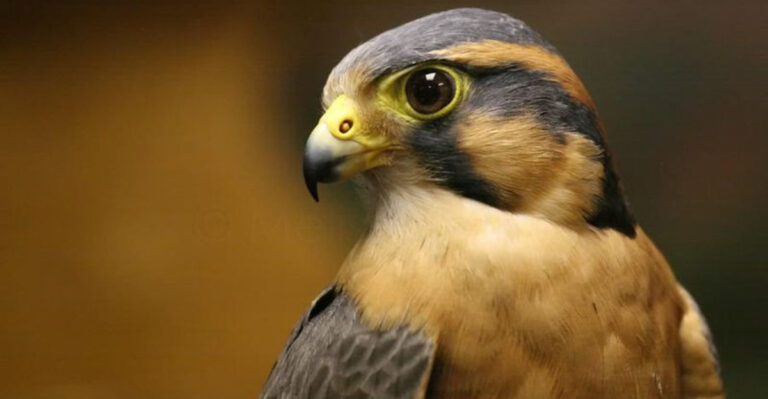15 Remarkable Discoveries From A 40-Year Study Of Wild Wolves
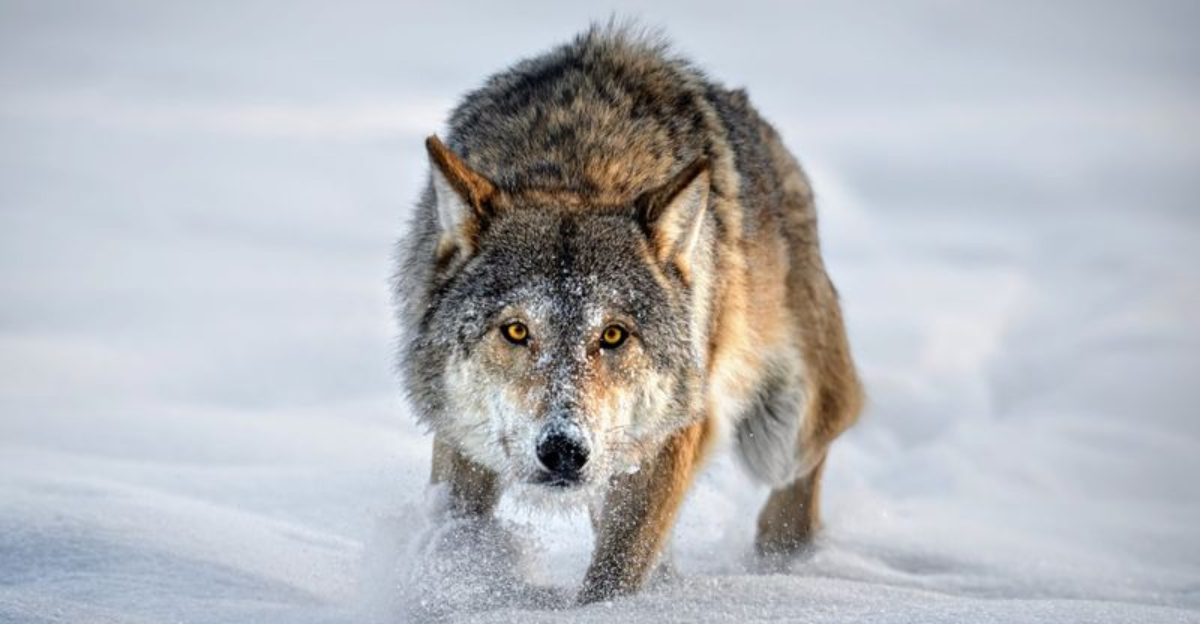
Hidden in the shadows of dense forests and rugged mountains, wolves have captivated scientists for generations.
For four decades, researchers have tracked, observed, and documented wild wolf packs, uncovering secrets about these misunderstood predators.
Their findings have revolutionized our understanding of wolf intelligence, social structures, and ecological importance.
What they’ve learned might surprise you – and change how you think about these remarkable animals.
1. Wolves Mourn Their Deceased
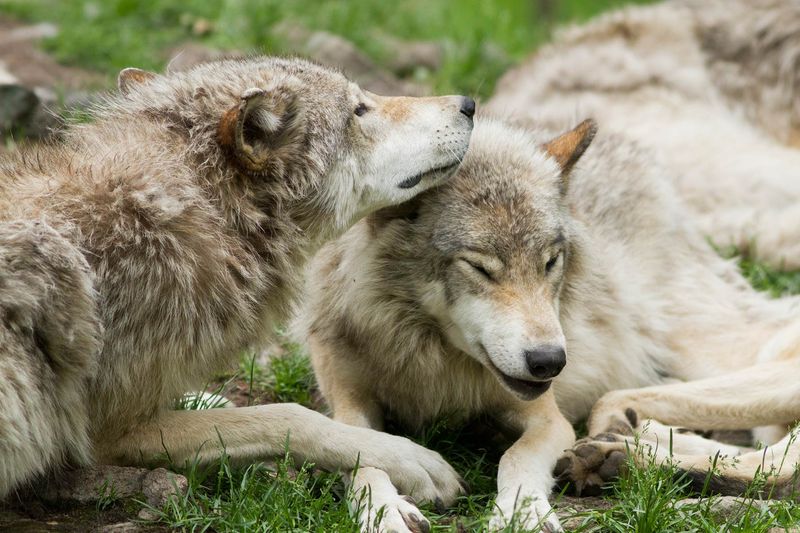
Researchers observed wolves exhibiting grief-like behaviors when pack members die. They become noticeably quieter, with less playful interactions and howling in the days following a death.
Pack members often visit the spot where a wolf died, lingering there and sometimes bringing food items to the location.
This behavior challenges the notion that emotional responses to death are uniquely human.
Some wolves even adopt orphaned pups from deceased pack members, showing a level of compassion previously underestimated in these animals.
2. Democracy Rules The Pack
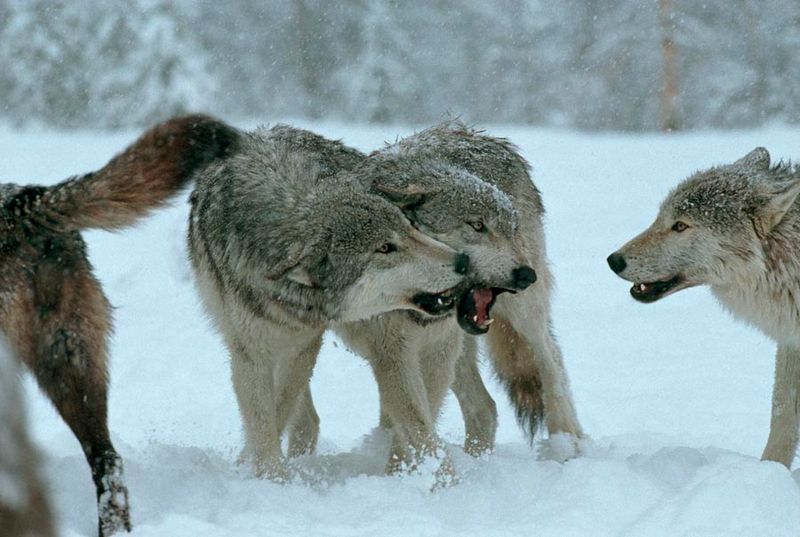
Contrary to popular belief, wolf packs don’t operate under strict dictatorships. Researchers documented countless instances where important decisions – like when to hunt or where to move – were made through a form of group consensus.
Wolves engage in what scientists call “rally ceremonies” before major activities. During these gatherings, they vocalize, make physical contact, and display excitement until a threshold is reached and the pack moves together.
Even the alpha wolves respect these democratic processes, rarely forcing decisions against the apparent will of the group.
3. Grandparents Play Crucial Roles
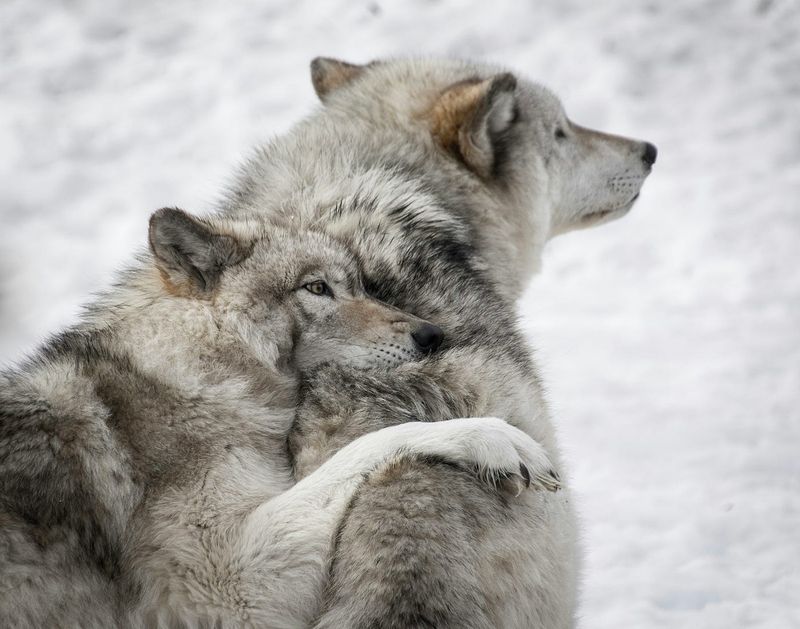
Older wolves beyond breeding age remain vital to pack survival. These experienced members often babysit pups while parents hunt, passing down critical survival knowledge through generations.
Researchers documented elderly wolves teaching younger pack members hunting techniques, territory navigation, and danger avoidance. In some cases, these grandparent wolves led hunting parties despite their diminished physical abilities, relying on experience over strength.
Packs with older members showed higher survival rates during harsh winters, suggesting their accumulated wisdom benefits the entire group during challenging times.
4. Wolves Self-Medicate With Plants
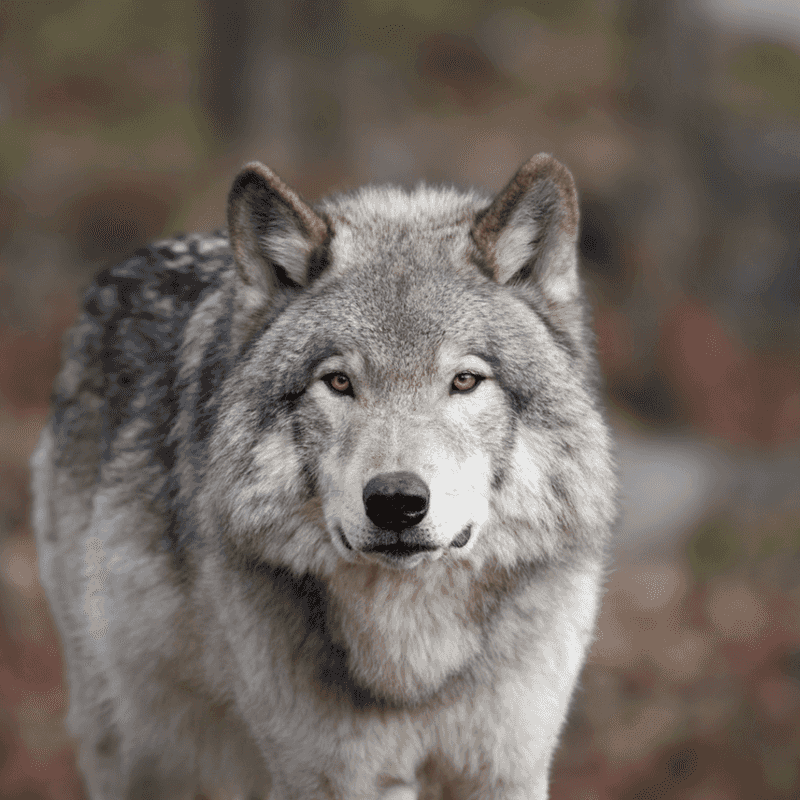
Wolf researchers were stunned to discover these carnivores occasionally consuming specific plants with medicinal properties. Wolves suffering from intestinal parasites were observed eating particular herbs that contain natural dewormers.
When injured, some wolves sought out certain plant species with antibacterial properties, licking their wounds after chewing these plants. This behavior appeared to reduce infection rates in documented injuries.
The study revealed wolves teaching this plant knowledge to younger generations, suggesting the medicinal information gets culturally transmitted rather than being purely instinctual.
5. Pack Boundaries Flex With Seasons
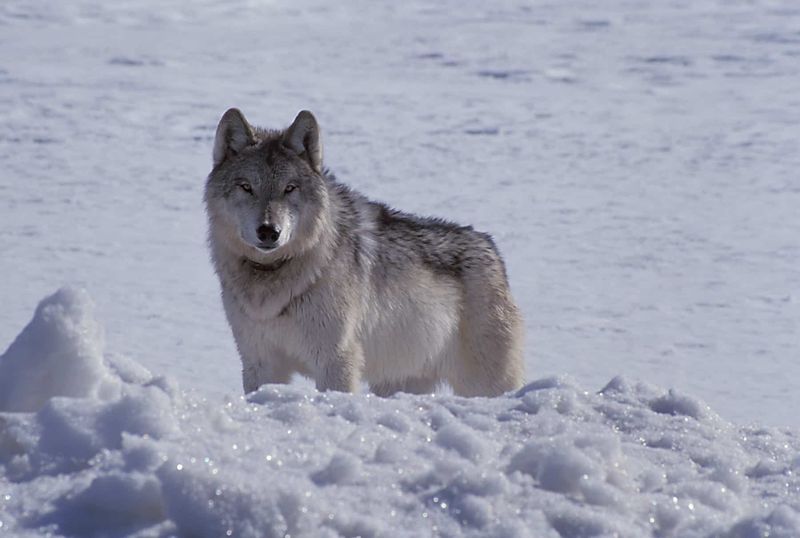
Wolf territories aren’t static lines on a map. The 40-year study revealed seasonal expansions and contractions based on prey movements, breeding cycles, and environmental conditions.
During winter months when prey becomes scarce, neighboring packs sometimes create temporary hunting alliances, sharing territories they fiercely defend during summer. These flexible arrangements help wolves survive harsh conditions when food is limited.
Researchers documented cases of rival packs gathering at neutral buffer zones during full moons, engaging in howling sessions that seemed to reaffirm boundaries without physical confrontation.
6. Wolves Adopt Orphaned Pups From Other Packs
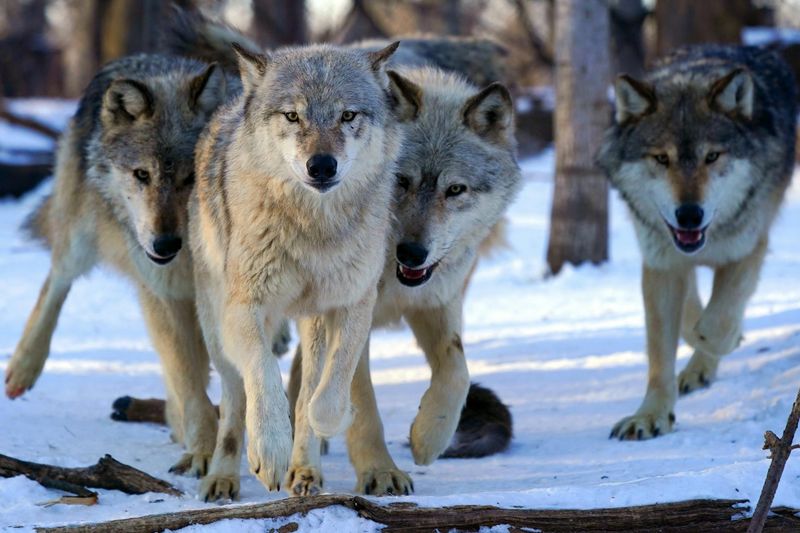
One of the most heartwarming discoveries came when researchers witnessed wolves adopting orphaned pups from neighboring—sometimes rival—packs. After territorial disputes or when disease struck, surviving adults would sometimes take in vulnerable young from defeated enemies.
These adopted pups integrated fully into their new families, receiving the same care as biological offspring. DNA testing confirmed these weren’t cases of mistaken identity but genuine cross-pack adoptions.
Scientists believe this behavior helps maintain genetic diversity while ensuring the species’ survival during challenging times.
7. Individual Wolves Have Distinct Personalities
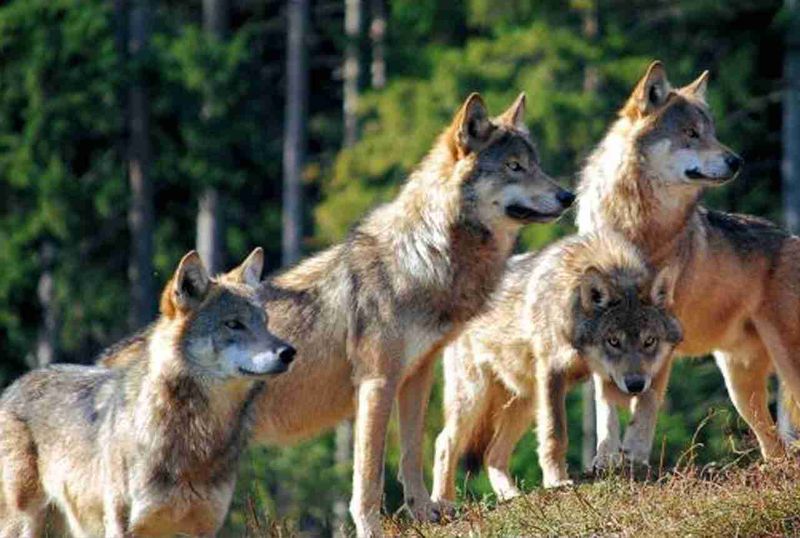
Just like humans, wolves display unique personality traits that remain consistent throughout their lives. Researchers identified bold explorers, cautious strategists, playful jokesters, and stoic sentinels within the same packs.
These personality differences serve important functions. Bold wolves often discover new resources, while cautious ones help avoid dangers. Playful individuals strengthen pack bonds through social interaction.
Most fascinating was how packs balanced these personality types, with successful groups containing diverse temperaments rather than uniform traits, suggesting personality diversity benefits the entire pack.
8. Complex Language Systems Decoded
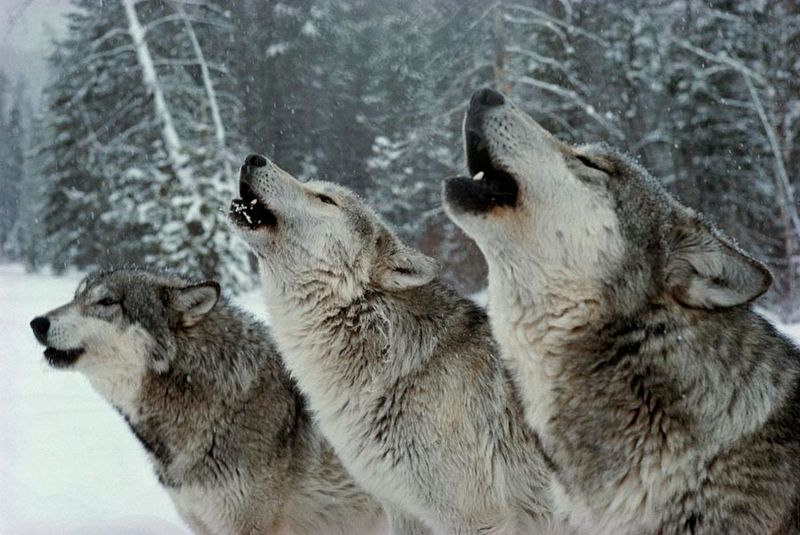
The long-term study revealed wolves use at least 21 distinct vocalizations, each with specific meanings. Beyond the famous howl, they communicate through whines, growls, barks, and yips—each modified with body language to create a sophisticated communication system.
Wolves even displayed regional “dialects” where packs in different areas used slightly modified sounds for the same messages. Researchers documented cases where wolves created new vocalizations to communicate novel situations.
Most impressively, individual wolves have unique vocal signatures, allowing pack members to identify who is calling from miles away.
9. Specialized Hunting Roles Within Packs
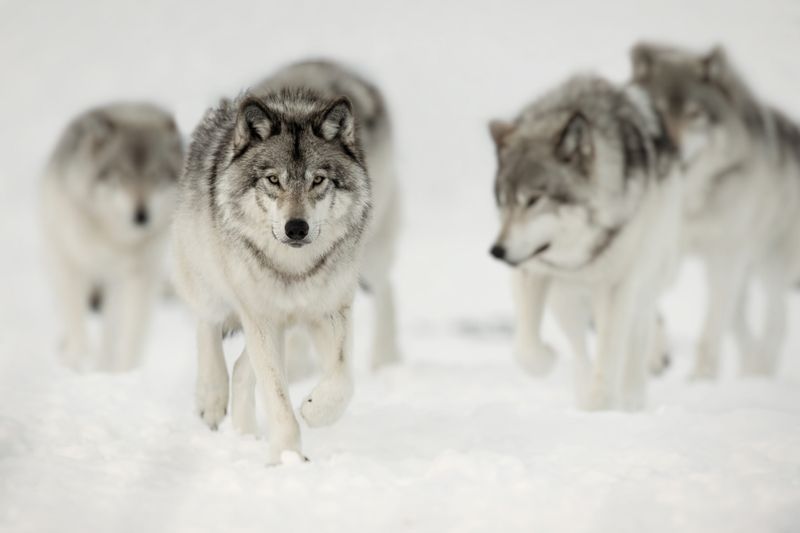
Wolves don’t just hunt randomly – they assign specialized roles based on individual strengths. Certain pack members consistently serve as scouts, others as ambushers, flankers, or chasers during coordinated hunts.
These roles aren’t strictly assigned by dominance. A lower-ranking wolf with exceptional speed might lead chases, while a stronger but slower wolf handles takedowns. What’s remarkable is how these roles remain consistent across hundreds of documented hunts.
The study found wolves can instantly reorganize these roles when key members are absent, showing remarkable tactical flexibility.
10. Wolves Play Games With Rules
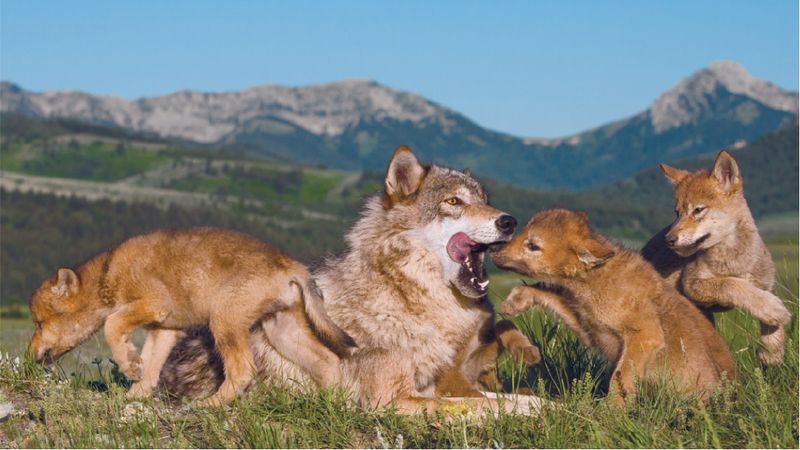
Scientists documented wolves engaging in complex games with apparent rules and fair play. Beyond simple roughhousing, they observed wolves taking turns during play, adjusting their strength when playing with younger or smaller pack members.
Some packs developed unique games not seen in other groups, like hiding and seeking objects or elaborate chase sequences with consistent patterns. When wolves broke the “rules,” others would often stop playing—similar to children refusing to play with cheaters.
These games serve critical purposes, building hunting coordination, strengthening social bonds, and teaching young wolves vital skills.
11. Wolves Create Teaching Opportunities For Pups
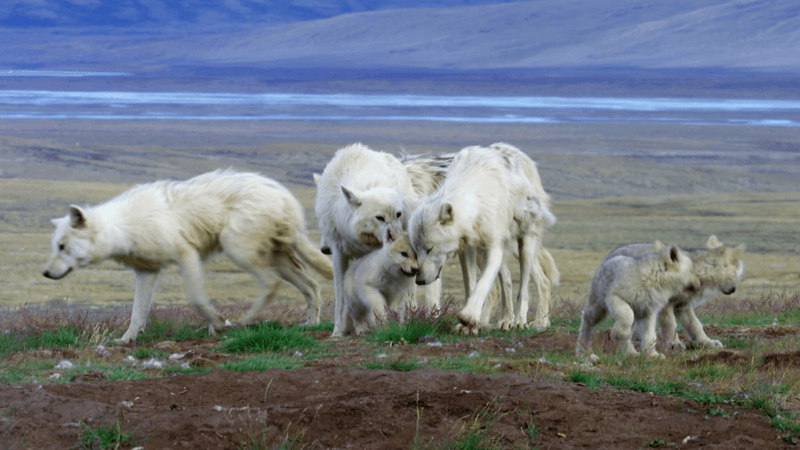
Experienced hunter wolves deliberately create learning scenarios for pups. Researchers observed adults bringing wounded but living prey back to dens, allowing young wolves to practice hunting techniques on weakened targets.
Adult wolves were documented demonstrating specific skills repeatedly until pups mastered them. When pups struggled with certain techniques, adults would break down complex movements into simpler steps—showing remarkable teaching abilities.
The study found wolf packs with these structured teaching moments produced more successful hunters, with pups reaching hunting proficiency weeks earlier than those without such training.
12. Pack Leadership Often Shared Between Mates
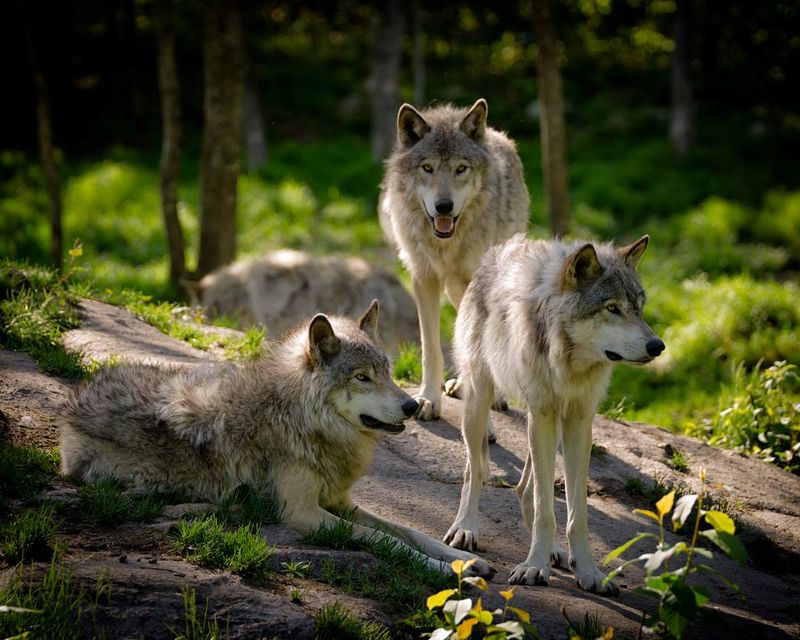
The “alpha wolf” concept proved far more nuanced than previously thought. Rather than a single dominant male, researchers documented leadership responsibilities frequently shared between mated pairs, with different wolves taking charge in different situations.
Female wolves typically controlled den site selection, pup rearing, and food distribution. Males more often led territory defense and hunting expeditions. During crisis situations, leadership sometimes shifted to wolves with specific expertise regardless of their usual status.
This flexible leadership model helped packs adapt quickly to changing conditions and threats.
13. Wolves Form Friendships Beyond Family Bonds
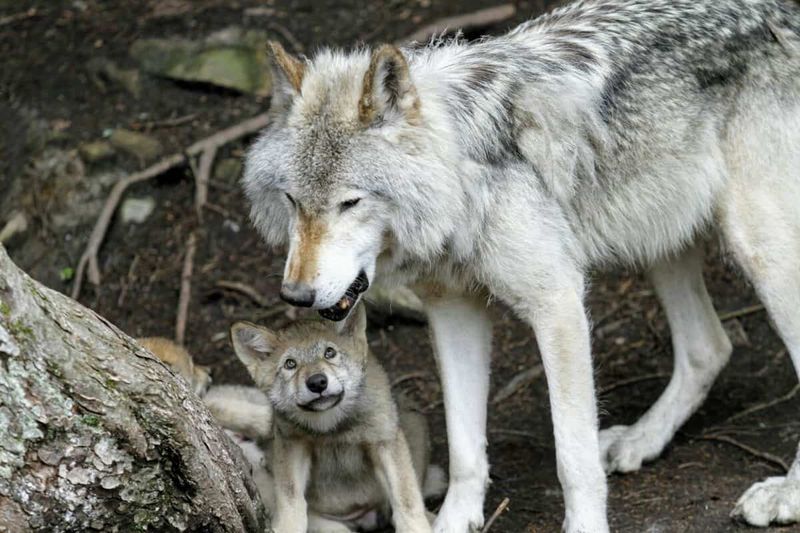
Contrary to the belief that wolf packs operate solely on family relationships, the study identified strong friendship bonds between unrelated wolves. These wolves consistently chose to hunt, rest, and play together despite having no genetic connection.
Some friendships lasted entire lifetimes, with bonded pairs traveling together even after leaving their original packs. Researchers observed friends defending each other during conflicts and sharing food preferentially.
These non-kin bonds appeared particularly important during pack mergers or when lone wolves were accepted into established groups.
14. Problem-Solving Abilities Rival Great Apes
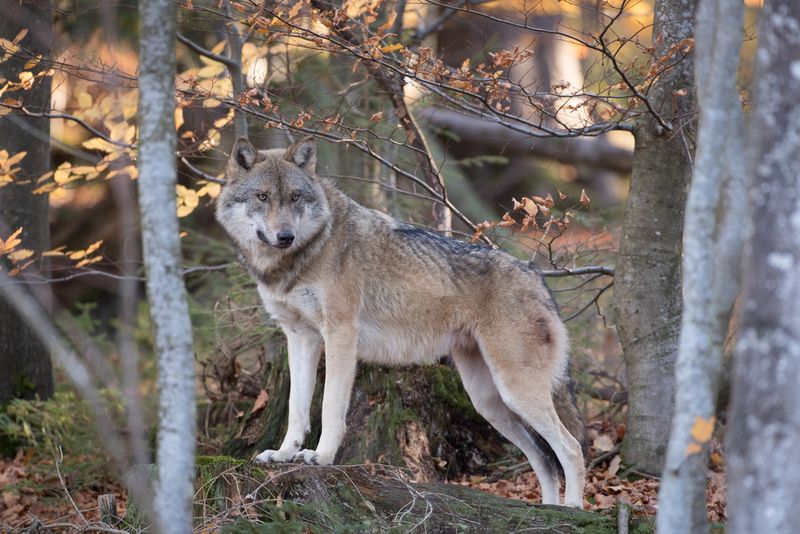
The 40-year study revealed wolves possess remarkable problem-solving intelligence. Researchers documented wolves figuring out how to open complex gate mechanisms, creating tools to reach inaccessible food, and developing multi-step solutions to environmental challenges.
When faced with obstacles like rivers or cliffs while hunting, wolves demonstrated the ability to predict prey movements and position themselves strategically—showing advanced spatial reasoning. Some wolves even learned to use ice flows as rafts to reach island-dwelling prey.
Most impressively, wolves shared these solutions socially, with innovative techniques spreading through packs and even between generations.
15. Climate Change Alters Wolf Behavior
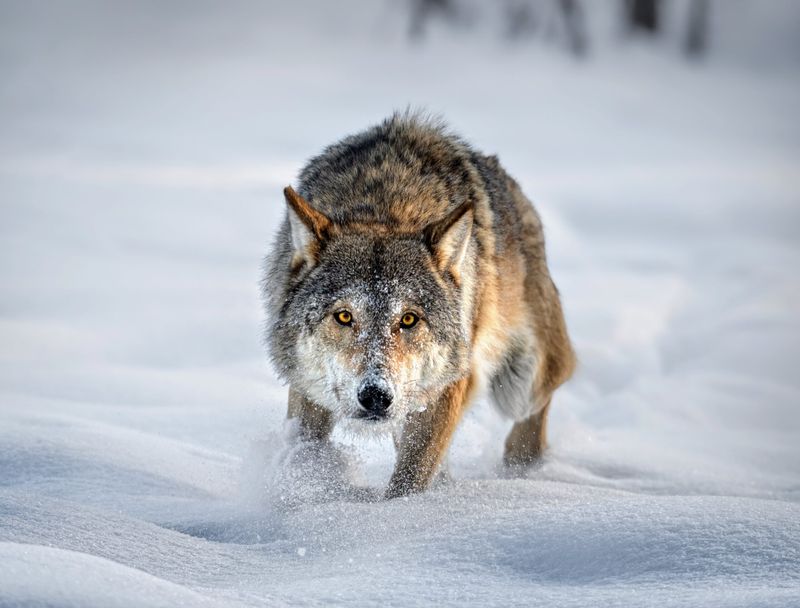
As the four-decade study progressed, researchers documented significant behavioral adaptations to climate change.
Wolves in regions with decreasing snow cover shifted hunting techniques, abandoning deep-snow ambush tactics for more direct pursuit methods.
Denning times changed by up to three weeks in some regions, synchronizing with earlier spring thaws and prey birthing seasons. Pack territories expanded in areas where climate change reduced prey density, forcing wolves to cover more ground for sufficient food.
Perhaps most concerning, wolves faced increasing competition with coyotes expanding northward due to warming temperatures, creating new inter-species conflicts.

